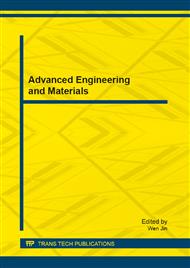p.115
p.119
p.124
p.128
p.136
p.140
p.146
p.151
p.158
Solid State Bonding of CuCrZr to Duplex Stainless Steel
Abstract:
In the solid state bonding, joint are made by pressing surfaces together at high temperature so that a bond grows across the interface by atomic diffusion. In order to satisfy both requirements of thermal and mechanical properties of aerospace vehicle, conductive CuCrZr alloy was bonded to duplex steel with high strength. Solid state bonding was performed at 3 different pressure conditions and at temperatures of 850°C and 950°C. Microstructural and mechanical evaluation was performed to obtain the optimum joining condition.
Info:
Periodical:
Pages:
136-139
Citation:
Online since:
February 2013
Authors:
Keywords:
Price:
Сopyright:
© 2013 Trans Tech Publications Ltd. All Rights Reserved
Share:
Citation:


